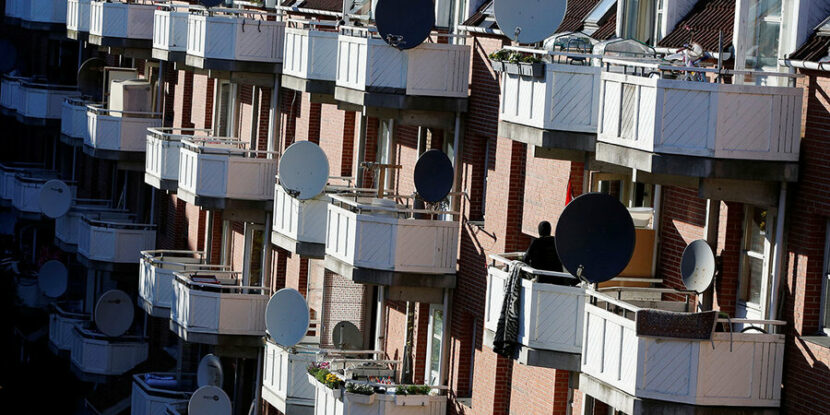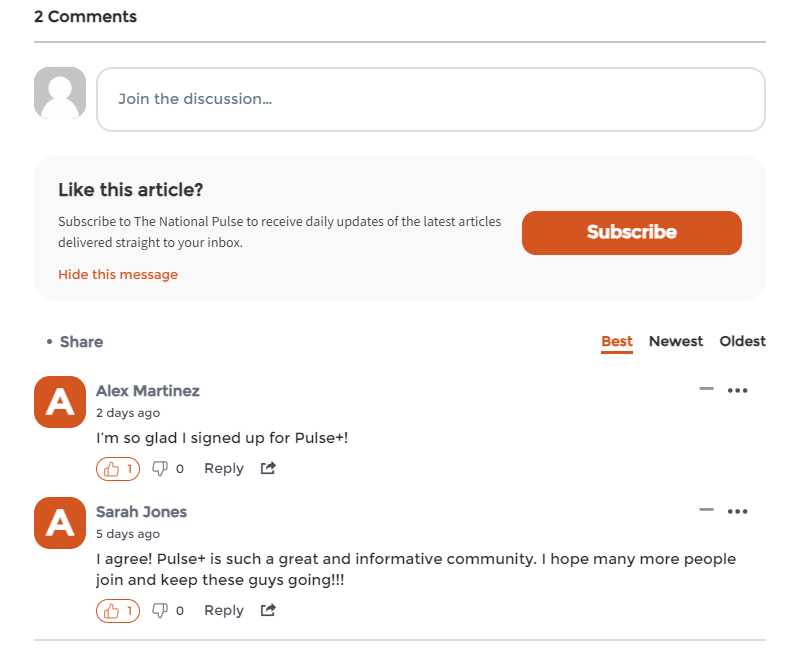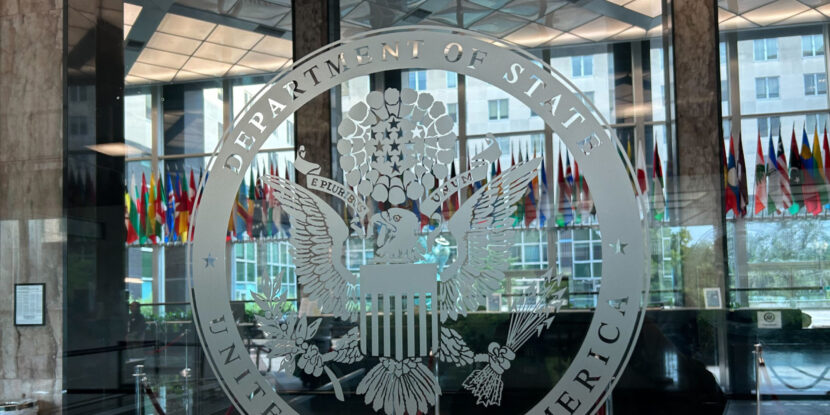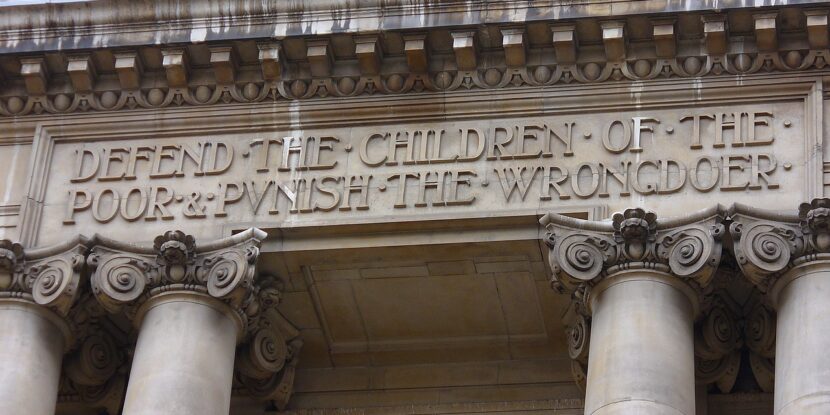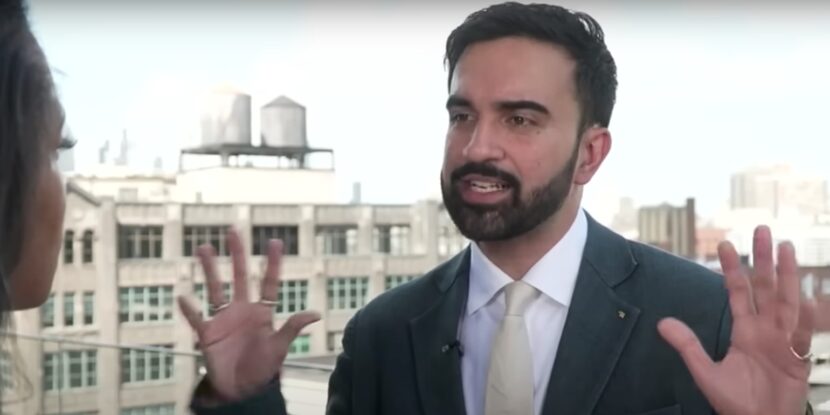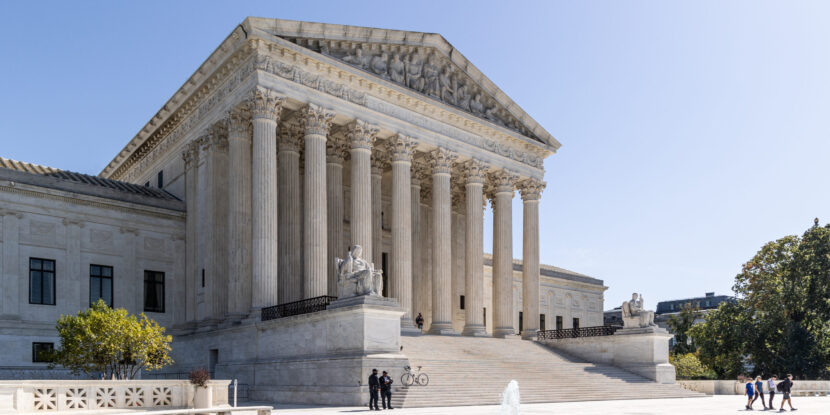The Danish government has begun destroying majority-migrant ‘no-go zones’ and ghettos – also known as “vulnerable areas” – in an effort to impose integration and reduce the opportunities for “parallel societies” to develop.
The country’s leadership recently sent bulldozers to flatten Vollsmose, a suburb of the city of Odense, which was home to 9,000 people – the vast majority of whom were from “non-Western backgrounds.” The suburb was designated as Denmark’s largest vulnerable area due to its high criminality and low employment, education, and average income.
Residents of the suburb have been relocated to other parts of the city with lower migrant populations following the demolition.
The move forms part of a larger effort by the Danish government to avoid migrant ghettoization. Successive governments have promised to, among other things, dismantle “parallel societies” by the end of the decade, deport all foreigners who have their asylum claims rejected, impose harsher criminal penalties on those convicted of crimes from vulnerable areas, and require children to spend at least 25 hours per week in preschools where they will be taught Denmark‘s language and values.
The Danish government has continued the policy despite multiple legal challenges in both domestic and European courts, with dissenters arguing the policy and use of words such as “non-Western” are “discriminatory.”
However, Denmark’s Immigration and Integration Minister, Kaare Dybvad, fired back: “The problems are not in areas with mainly British or Norwegian citizens, but in those where you have people from the Middle East and North Africa, which are also the areas where people don’t have jobs, and there’s a high crime rate.”
“We are doing it because it is the right thing to do,” he added.
